National Coalition on Truck Parking: 2018 Working Groups Activity ReportSection 2: Working Groups ProductsThe purpose of the products developed by the National Coalition on Truck Parking Working Groups is to provide implementation strategies for various truck parking improvement initiatives identified during the Working Group meetings. The documents are intended to provide accessible examples, guidance, and strategies to stakeholders about how to advance truck parking availability in their communities. The products serve as a way to disseminate information discussed in the Working Group meetings. The products include case studies, noteworthy practices, survey results, webinars, and brochures, among others. Working Group members sought to create different products catered to a variety of audiences in the public and private freight and trucking industry to support the investigation of a range of truck parking issues. Over the course of the meetings, members helped refine ideas for the products, contributed examples, and reviewed and commented on drafts. Public and private agencies mentioned in the products verified the information and provided approval to publish the information. 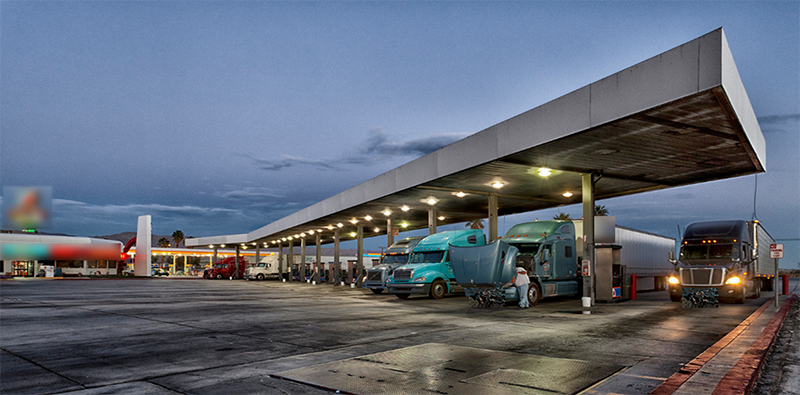
Figure 5: Trucks at a truck stop. Product SummariesParking Capacity Working Group
The Parking Capacity Working Group focused on developing innovative and low-cost methods to increase the supply of short-term and overnight truck parking and created the following products: Creative Uses of the Right-of-Way (ROW) and Adjacent Areas
Involving Shippers/Receivers to Address Truck Parking Capacity
Considerations for Maintaining Low-cost Truck Parking Facilities
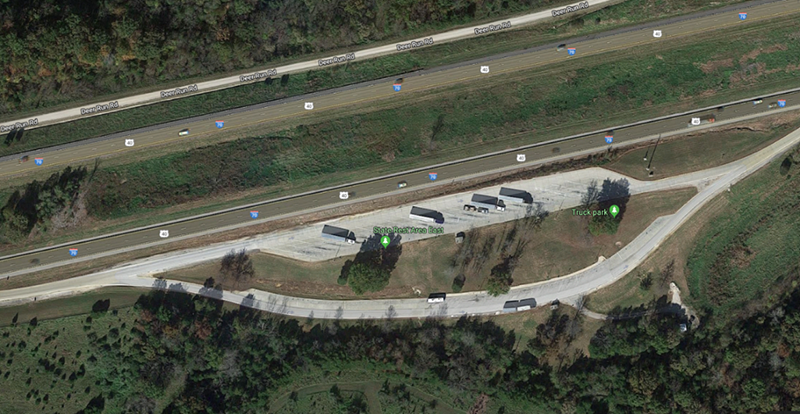
Figure 6: One of the rest areas converted to truck parking by the Missouri DOT. Technology and Data Working Group
Technological advances enable access to public and private real-time information on truck parking availability for drivers. There are a variety of systems that measure and disseminate truck parking availability. The Technology and Data Working Group focused on developing innovative ideas for increasing the supply of truck parking by utilizing existing technology and data. The following products were developed by this Working Group: Truck Parking App Survey Results
Best Practices for Truck Parking Availability Detection and Information Dissemination by States
Technology and Data Research Needs Webinar
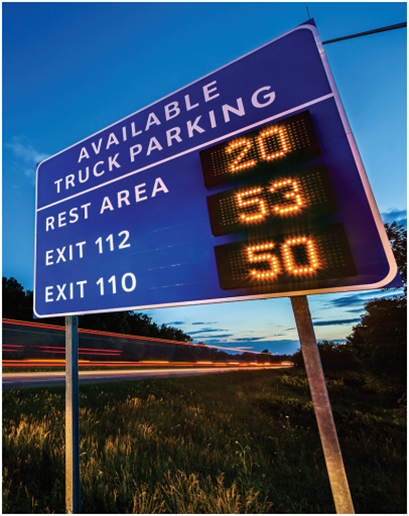
Figure 7: A dynamic messaging sign used to display the number of available parking spaces at rest areas in Michigan. Funding, Finance, and Regulations Working Group
The intent of the Funding, Finance, and Regulations Working Group is to identify innovative ways to fund truck parking that can be an alternative to, or leverage, Federal-aid funding. The group also investigated regulatory flexibilities for innovative truck parking funding, such as public private partnerships. Several innovative ideas were developed into the following products: Public-Private Partnerships (P3) Examples and Considerations
Emissions Reduction Grant Programs Fact Sheet
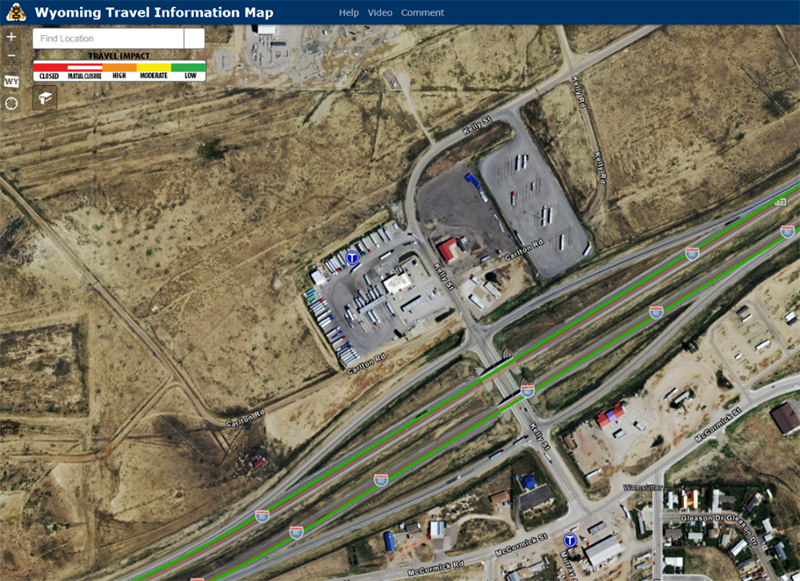
Figure 8: Aerial image of truck parking constructed by Wyoming DOT off of I-80. Wyoming DOT used a Truck Parking Facilities (TPF) Program grant to construct 43 truck parking spaces. State, Regional, and Local Government Coordination Working Group
The supply of truck parking may be influenced by State, regional, and local government entities in a variety of ways, such as zoning, public participation, and inclusion in planning documents. This Working Group identified several innovative ideas for increasing the supply of truck parking. The group developed these ideas into the following products: Notable Examples for Including Truck Parking in State and Metropolitan Planning Organization (MPO) Freight Plans
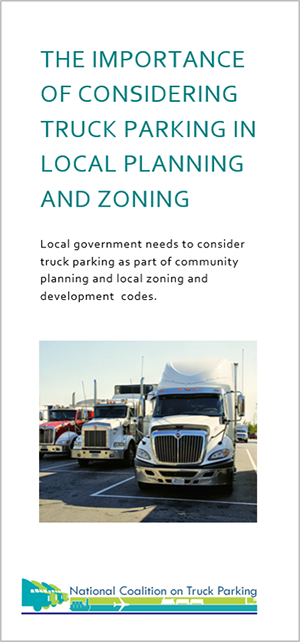
Figure 9: Front Cover of The Importance of Considering Truck Parking in Local Planning and Zoning brochure. How to Improve Truck Parking in Your Region Brochure
The Importance of Considering Truck Parking in Local Planning and Zoning
Parking and Staging Requirements in Local Zoning
Talking Freight Webinar: Best Practices in Industry and Government Coordination for Developing Truck Parking Solutions
|
|
United States Department of Transportation - Federal Highway Administration |
||